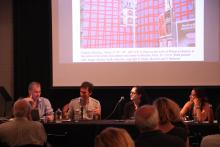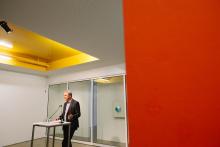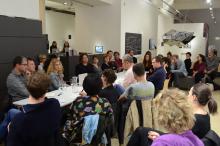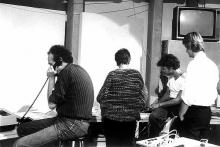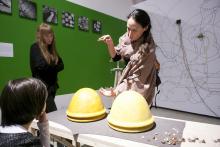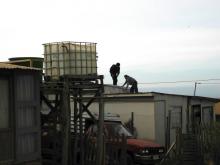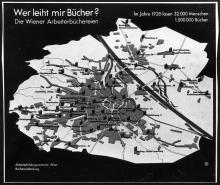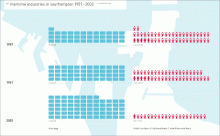Submitted by Armin Medosch on
Talking with our planet
Submitted by paoleb on
Art in a Third Space: New Tendencies and the Nonaligned Avant-gardes
Submitted by Armin Medosch on
Vortrag: New Tendencies und Kinetika 1967
Submitted by Armin Medosch on
Tracing Information Society – A Timeline
Submitted by drupaladmin on
Robert Adrian Smith (1935-2015): The Artist and the Media Condition
Submitted by Armin Medosch on
Art and Technopolitics: Resist, Subvert, Accelerate!
Submitted by Armin Medosch on
Cities of the Sun: Urban Revolutions and the Network Commons
Submitted by Armin Medosch on
Neurath’s offenes Museum: Ziviles Engagement auf Augenhöhe
Submitted by Hadwig Kraeutler on
Vortragstext: #AccumulatePleasureMax - Neurath im Informationszeitalter
Submitted by Armin Medosch on
